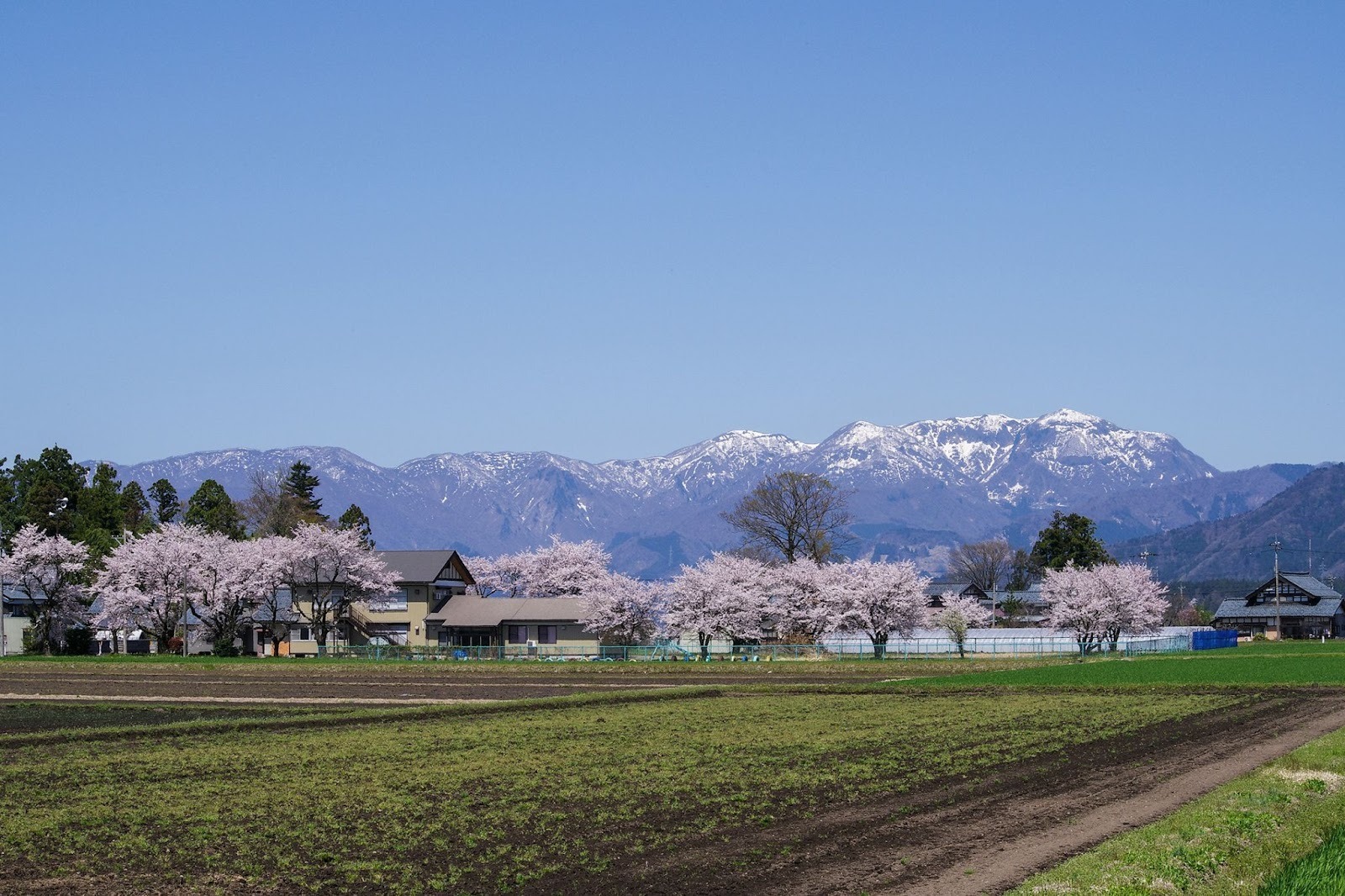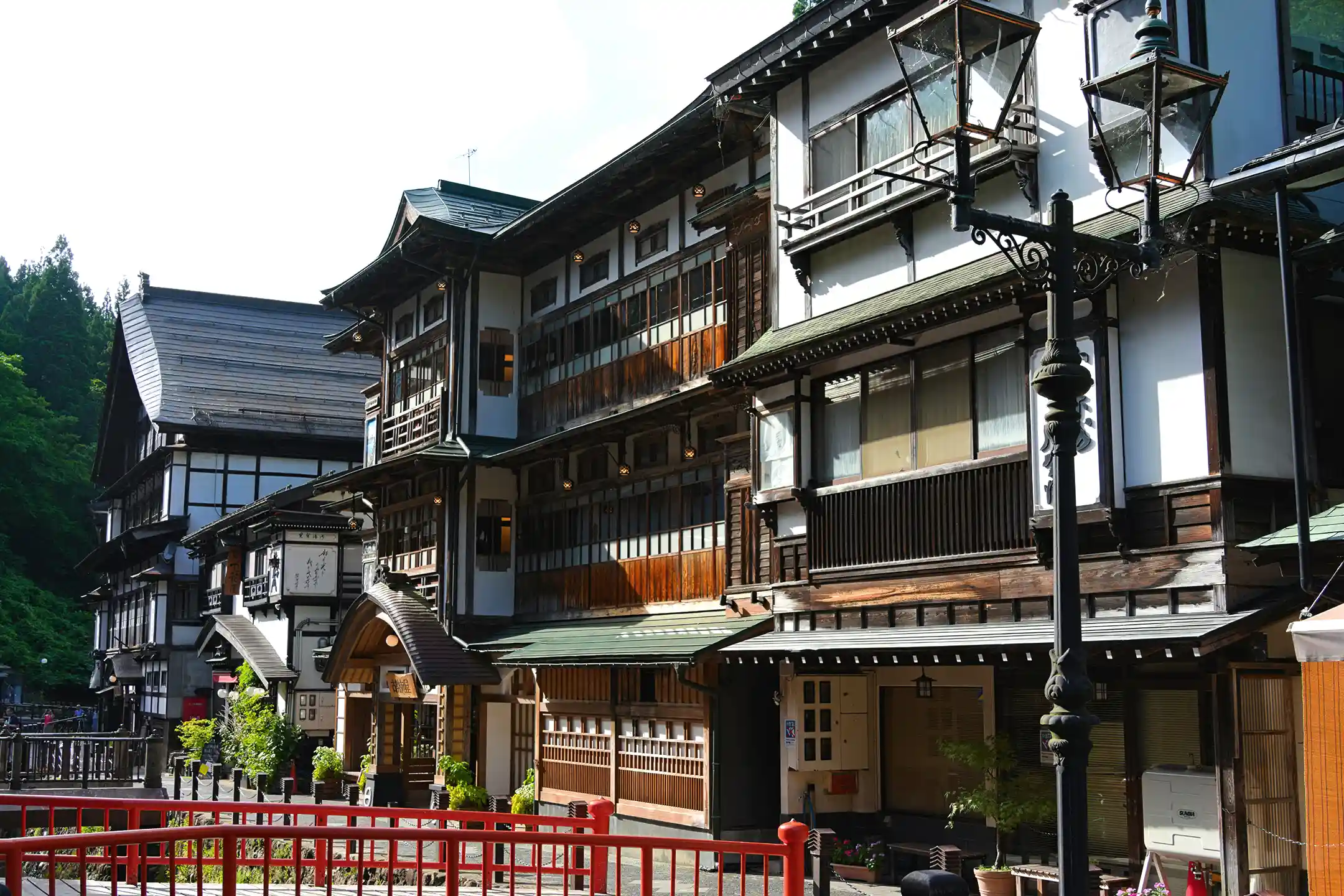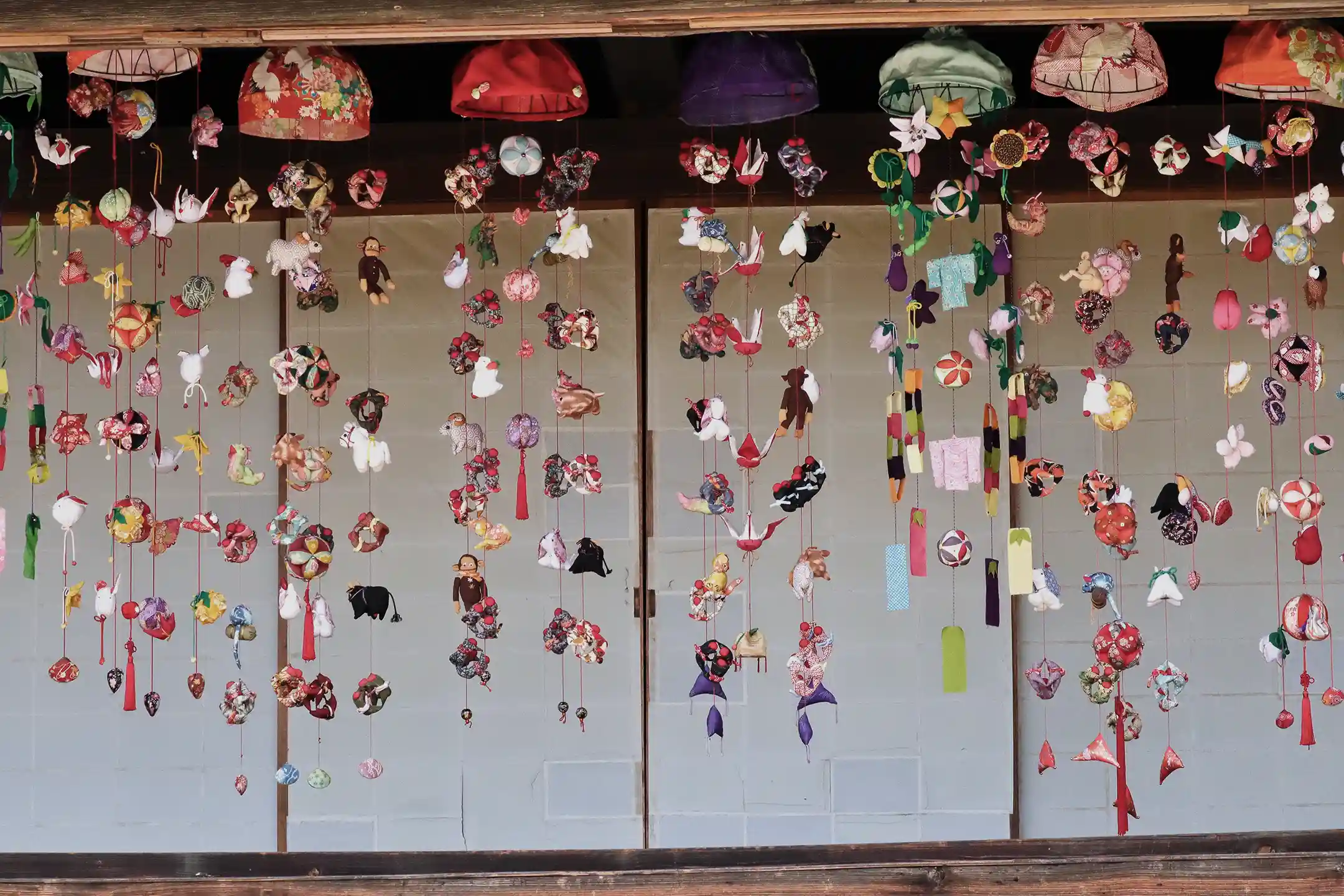Japanese culture has a way of drawing you in with its quiet elegance and profound depth. From Zen philosophy and the tea ceremony to the timeless sensibility of wabi-sabi, from traditional arts and architecture to forward-looking ideas about sustainable living—it is a world rich with nuance. But when you set out to learn more, you may quickly realize: where should you begin? The perspectives and values can feel so different from your own that the first step isn’t always obvious.
That’s why this article introduces eight remarkable books chosen from across genres to help you expand your understanding of Japan while enriching your cultural literacy. Some works go straight to the heart of Japan’s aesthetics, others offer refreshing new takes on architecture and design, and still others give you practical wisdom you can weave into your everyday life.
If you’ve ever wanted to experience the essence of Japan—its spirit, its beauty, its way of looking at the world—these books can open a door. Let them be your companions as you step into a deeper appreciation of Japanese culture.
Classic Works for Understanding Japan’s Traditional Arts
Discovering Japanese Aesthetics and the Culture of Shadows — In Praise of Shadows by Jun’ichirō Tanizaki
Imagine a world where beauty doesn’t depend on brightness but on shadows. That’s the vision Jun’ichirō Tanizaki shares in In Praise of Shadows, first published in 1933. At a time when Western modernity was flooding into Japan, Tanizaki captured the uniquely Japanese choice to embrace dimness, crafting an essay that still resonates today.
He invites you to notice the faint light slipping through shoji screens, or the way lacquerware and gilded ornaments glow most beautifully by candlelight rather than under harsh electric bulbs. For Tanizaki, the essence of beauty lies in these subtleties—the quiet stillness of shadow and the depth of calm that darkness can reveal. His reflections prompt you to ask: what kind of light feels truly comforting?
This book is a wonderful introduction to Japan’s refined aesthetic sensitivity, and it remains essential reading for artists, designers, and anyone curious about Japanese culture (*1). For a Western reader, the realization that darkness itself can be rich with beauty can feel like a delightful revelation.
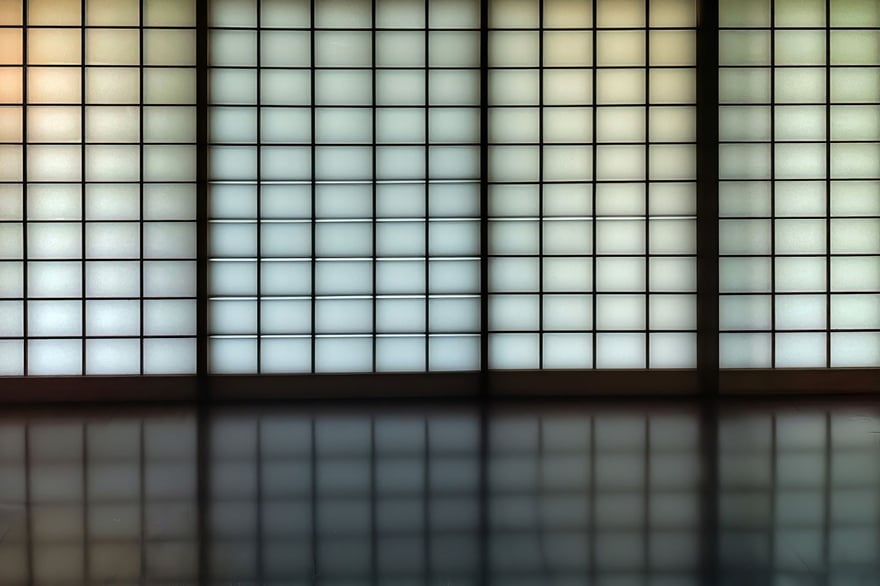
Sharing the Philosophy of Tea with the World — The Book of Tea by Kakuzō Okakura
If you’ve ever wondered what lies behind Japan’s famous tea ceremony, The Book of Tea is the place to start. Written in English in 1906 by Kakuzō Okakura and first published in New York, this slim but powerful book reframed tea not as a casual beverage, but as a ritual that elevates the everyday—teaching harmony, respect, and finding beauty in life’s small gestures.
At a moment when the West still saw Japan mostly through the lens of samurai and battle, Okakura boldly shared another truth: Japan’s soul rests not in conflict but in serenity. He suggested that the true spirit of the country lives not in the sword, but in the tea bowl. His message, that “the ideals of Japanese culture are embodied in the way of tea,” still feels deeply moving, and speaks to a wish for mutual understanding between East and West.
Translated into many languages and read worldwide (*2), this book lets you step into the philosophy of tea and discover how it echoes with Zen and Taoist thought. As you read, you’ll feel as though you’ve entered a hushed tearoom yourself—an experience that stirs the imagination and satisfies a hunger for cultural depth.
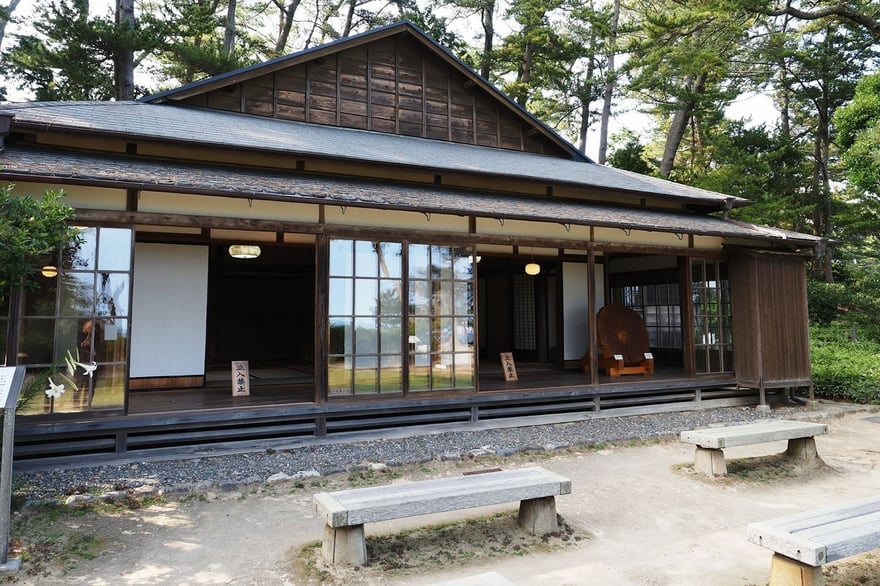
Books Exploring Japanese Architecture and Design Aesthetics
Kengo Kuma’s Architectural Philosophy — Architecture for Dogs
You may already know Kengo Kuma for his groundbreaking architecture, but Architecture for Dogs offers a playful, thought-provoking twist: what if buildings were designed not from a human perspective, but from a dog’s?
Conceived under the direction of designer Kenya Hara, the project gathered 13 architects and designers, including Kuma, to reimagine architecture on a canine scale (*1). Kuma himself designed a tiny house for a pug, sparking questions about how humans and animals can share space in harmony.
The result is both whimsical and profound. It invites you to rethink the assumption that architecture must always revolve around human convenience. Instead, you’re asked: what kind of space feels genuinely welcoming to every living being?
Rooted in Kuma’s philosophy of natural materials and harmony with the environment, the book blends serious ideas with playful creativity. If design and architecture speak to you, this is a refreshing and inspiring read.

Exploring Traditional Colors and Dyeing Aesthetics — A Dictionary of Japanese Colors by Sachio Yoshioka
Color in Japan is far more than decoration—it’s a language, a link to history, and a reflection of nature itself. A Dictionary of Japanese Colors by dyeing historian Sachio Yoshioka invites you into this fascinating world.
Within its pages you’ll find 466 traditional colors, many with poetic names that trace back centuries. Of these, 209 were painstakingly recreated by Yoshioka himself using plant-based dyes. Each shade—whether akane-iro (madder red), ai-iro (indigo), or moegi-iro (fresh green)—carries stories and cultural associations that enrich your understanding of Japan (*2).
As the fifth-generation head of a Kyoto dyeing house with over two centuries of history, Yoshioka devoted his life to reviving traditional techniques. Thanks to him, ancient hues that nearly vanished now live again, beautifully documented in this book.
Turning its pages, you’ll likely find yourself captivated by the subtle gradations that Japanese people have cherished for centuries. Even if you once thought only in terms of “red, blue, and green,” this book will make you exclaim, I never knew color could be this rich. If you love interiors, textiles, or fashion, it might also inspire you to bring some of these hues into your own world.
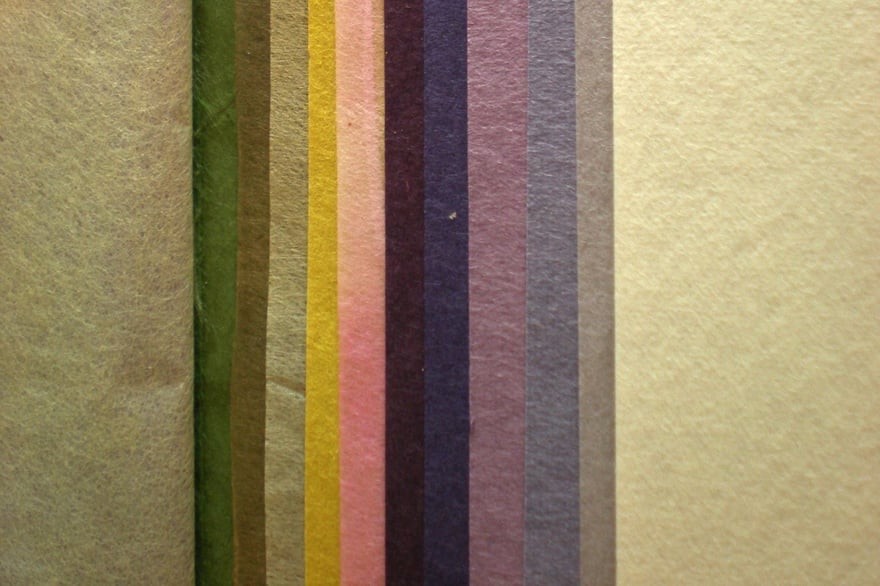
Books for Bringing Japanese Aesthetics into Daily Life
Finding Balance in Everyday Life Through Zen — Zen and the Art of Living by Shunmyo Masuno
Sometimes, the simplest habits can be the most transformative. In Zen and the Art of Living, Zen priest and garden designer Shunmyo Masuno shows you how small, mindful actions can change the way you experience daily life.
He suggests practices like slowing down to drink your tea, aligning your shoes neatly when you take them off, or reducing your possessions. They may sound ordinary, but woven into your routine, these gestures bring calm and clarity (*1). His message is simple yet profound: when you simplify, life flows more smoothly, and your heart feels lighter.
Masuno’s insights have resonated worldwide—this book has been translated into over 40 languages and has become an international bestseller (*2). It’s an accessible gateway into Zen for modern readers everywhere. If you’re looking for ways to pause, reset, and find richness in simplicity, this book will feel like a gentle guide.
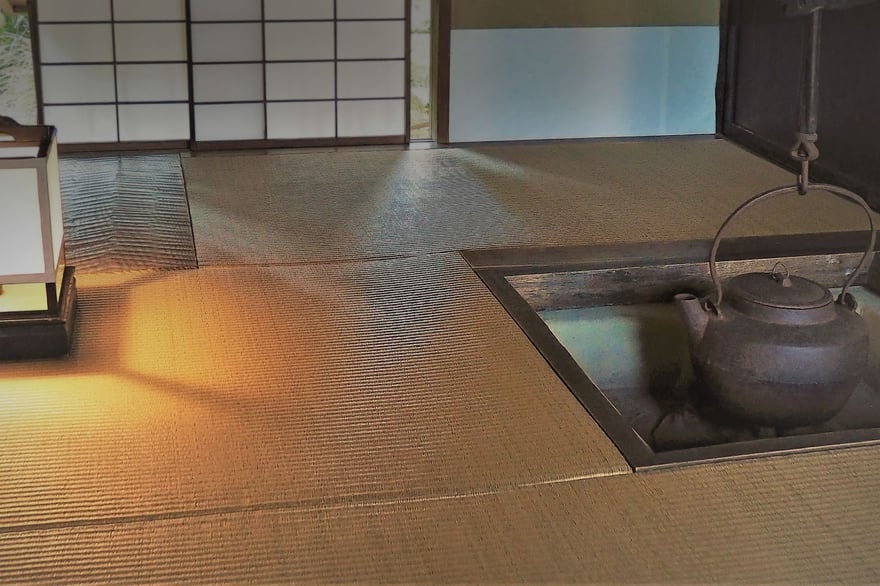
Discovering the Philosophy of Wabi-Sabi — Wabi-Sabi: For Artists, Designers, Poets & Philosophers by Leonard Koren
Few ideas are as quintessentially Japanese—and as intriguing to international readers—as wabi-sabi. If you’re curious, Leonard Koren’s Wabi-Sabi is a beautifully clear introduction.
At its heart, wabi-sabi is about finding beauty in imperfection and impermanence: the quiet dignity of a moss-covered stone, the elegance of a cracked tea bowl, or the fleeting charm of a passing season. It is subtle, elusive, and unlike anything in Western aesthetics.
Koren, an American, was among the first to bring this concept to the West. In this book, he explains that wabi-sabi is “the beauty of things imperfect, impermanent, and incomplete.” In contrast to Western ideals of grandeur and permanence, wabi-sabi invites you to appreciate the fragile and ephemeral.
As you read, you may find yourself looking at the world differently—catching glimpses of beauty in places you once overlooked. The book offers a way to deepen your appreciation of Japanese art forms such as tea ceremony, gardens, and ceramics, and to cultivate a more refined eye for beauty in your own daily surroundings.
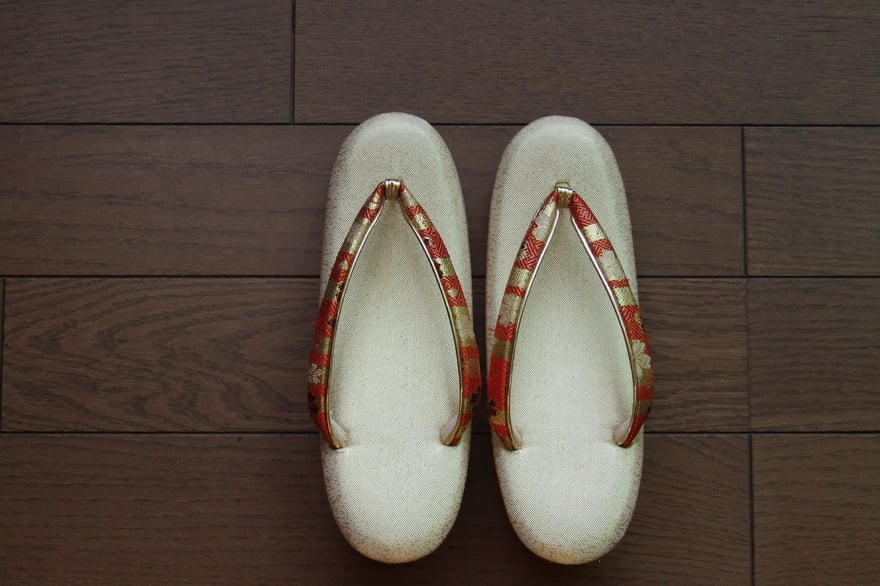
Books on Japanese Culture Through the Lens of Sustainability
Rethinking Regional Economies — Satoyama Capitalism by Kosuke Motani & NHK Hiroshima Reporting Team
If you’ve ever wondered what a sustainable future might look like, Satoyama Capitalism offers an inspiring vision rooted in Japan’s countryside. Kosuke Motani and the NHK Hiroshima Reporting Team propose an alternative to money-driven capitalism by spotlighting the natural resources and community ties of rural Japan.
Instead of relying on “money making more money,” satoyama capitalism focuses on creating value from forests, rivers, and farmland—things that can’t be measured in currency alone. It encourages local self-sufficiency and circular economies that help people live securely (1).
The book is filled with concrete examples: partially self-sufficient food production, small-scale power generation from wood waste, processing and selling “imperfect” vegetables, and networks where neighbors share goods without money. These initiatives not only reduce reliance on cash but also build resilience in times of crisis.
Since its release in 2013, the book has become a bestseller and a beacon of hope for those searching for sustainable alternatives. As you read, you’ll be inspired both by the vivid descriptions of rural landscapes and by the possibilities for building economies that feel more humane.

Learning from Japan’s Advanced Practices — Introduction to SDGs for Building the Future by Norichika Kanie
Global goals like the UN’s SDGs (Sustainable Development Goals) can feel abstract—until you see them in action. In Introduction to SDGs for Building the Future, Norichika Kanie makes them tangible and relevant.
Adopted in 2015, the SDGs lay out 17 goals for a better world by 2030, covering everything from poverty and health to climate action. Kanie explains them in plain, engaging language and offers practical examples of what governments, companies, and individuals—yes, including you—can do in the post-COVID era.
What makes this book especially compelling is how it connects Japan’s own practices with global sustainability goals. From advanced domestic initiatives to Edo-period circular wisdom, it shows that Japan has long been innovating in ways that resonate with the SDGs.
By the end, you’ll likely find these global challenges no longer feel remote but close to home. You’ll come away with concrete ideas for what you can do, right now, to help shape a more sustainable future.
Conclusion
These eight books together offer you a window into the richness of Japanese culture. Each one highlights a different angle—whether it’s the play of shadow in traditional arts, the philosophy of tea, the inventiveness of design, the clarity of Zen, or visions for a sustainable future.
By exploring them, you’ll not only deepen your understanding of Japan’s values and aesthetics but also gain inspiration for your own life and travels. Each title has the power to spark that moment of recognition—the I never knew that!—that makes cultural exploration so rewarding.
So pick up one of these volumes, settle in with it, and let it carry you into the layered and fascinating world of Japan.
Author Bio



